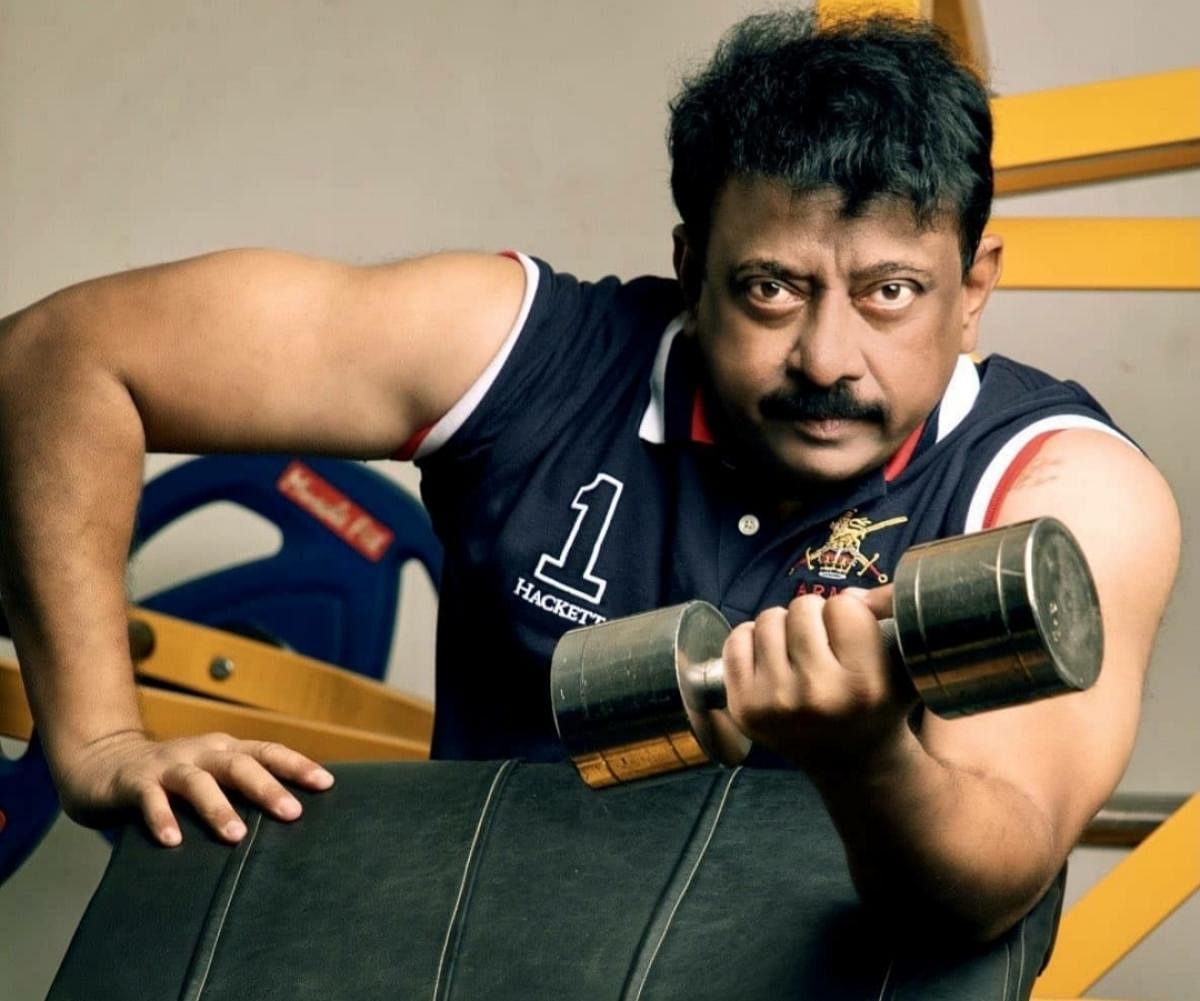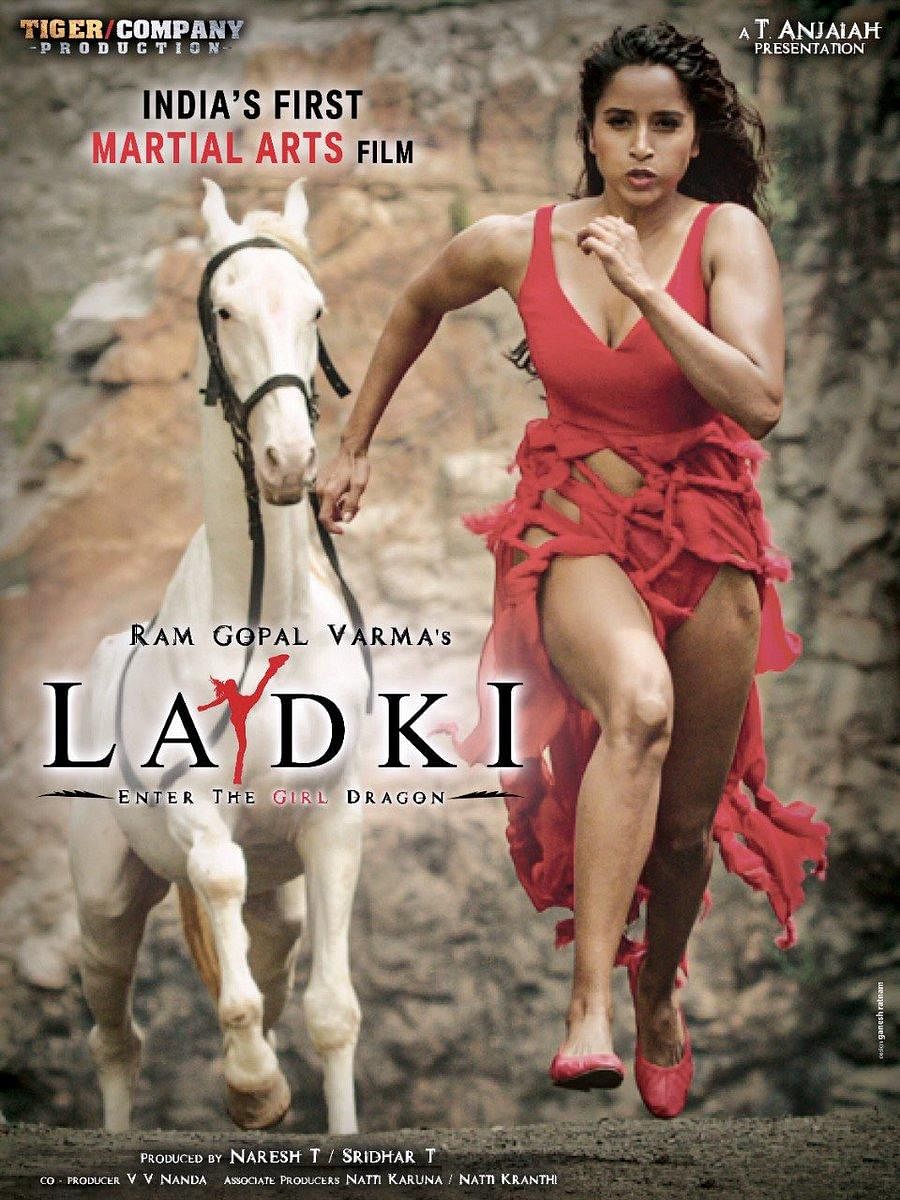

By changing the visual grammar of films, Ram Gopal Varma made us fall in love with the gangster genre. In his prime (‘Shiva’, ‘Satya’, ‘Company’,) he left us amazed at his fascinating style of filmmaking.
But today, inevitably, he has become the victim of his own reputation of a maverick craftsman. People now find his social media posts and party videos more entertaining than his films.
Offended by his comments on Twitter, people have often demanded his arrest. But some admire him for his “brutal honesty”. Many, perhaps rightly, deem his comments on women’s body as tasteless. His films, these days, have explicit scenes that are out of context. It’s as if they are there to titillate the audience.
The 60-year-old was in the city to promote his latest ‘Ladki’, a martial arts film that he calls a tribute to the legendary Bruce Lee. Starring the taekwondo-trained Pooja Bhalekar, the multilingual film got in trouble with the Censor board, demanding removal of more than 10 close-up shots. At the press conference, Showtime quizzed him about his work and thoughts.
The answers reiterated that RGV is running his own race and he is least bothered about how the world judges him. Excerpts:
Your controversial Tweets are landing you in trouble these days, but you seem to be unperturbed by the developments...
People think I am high on alcohol when I Tweet because I Tweet post 8 pm. To be honest, when I am not having vodka, I am more dangerous. I Tweet in the night because that’s when I am done with my work for the day. That’s when I update myself about what’s happening in the world. With regards to what I Tweet, as a free citizen of the country, I have my observations and comments to make in the public domain.
You have been very appreciative about the southern film industries. There is a talk that films from south are overshadowing Bollywood. What’s your take on this debate?
I can’t say south films have taken over movies from the north. That’s a misnomer. Across five languages from the south, around 1,000 films are made in a year. Out of them, only four or five have made a mark off late. A film that’s made the biggest difference is ‘KGF: Chapter 2’. The unexpectedness of a Kannada-dubbed film becoming one of the all time hits is something to be discussed. Now, ‘KGF: Chapter 2’ is almost like a ghost, hovering over Bollywood.
You were once a pioneer of new age cinema in the Hindi film industry. Today, your dwindling reputation in the industry is a reality. How do you explain this downside?
I have nothing to do with the film industry. I am an individual filmmaker and do the kind of films I am excited about. I don’t have any relation with the industry or society as such. Whatever I want to do, say, and however I want to live, I will do that. I will continue to make the kind of movies I want to.
There are at least two or even three RGV films every year. Most of them are dismissed off by cinephiles as ‘experiments gone wrong’. Why don’t you believe in investing more time in your projects?
There is no connection between my working speed and the way the film turns out. The longest time I have taken for a film, which also became my most expensive project is ‘Aag’. You know what happened to it. That’s the biggest flop of my career. The shortest time I have taken to make a film, without any script in hand is ‘Satya’. So it’s all about a filmmaker’s style of working.
There is no doubt that you are a master of many genres. But nowadays, the genre takes a backseat in your films as they come across as mostly sleazy. The camera angles are voyeuristic in nature.
Voyeurism is a very subjective topic. Framing when I make films of different genres or when I show a man, or a woman in a particular scene, is according to my vision. It’s how I see that particular element in the film. That’s what makes me an individualistic filmmaker. What you see on screen is my expression of wanting to say something.